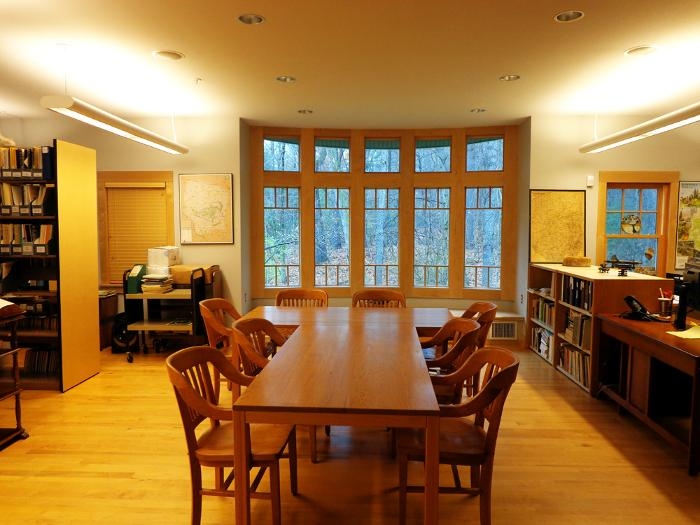In April 1926, John S. Apperson, an engineer for General Electric in Schenectady, wrote to Franklin Roosevelt, seeking advice on how New York could preserve a valuable tract of land on Lake George.
At the time, Roosevelt, years from being elected president, was a politically powerful attorney in New York City who had the ear of the state’s governor, Al Smith.
After intense lobbying, the state had already preserved 11,000 acres, all on the west side, but Apperson and others feared that thousands of acres on the east side that had recently sold remained vulnerable to development.
“While the Lake George problem has bothered the governor at times, it has also made him many admiring friends and followers,” wrote Apperson, who, along with Paul Schaefer, were avid outdoorsmen and noted conservationists of the Adirondack Park. The sprawling, six-million acre park is bigger than Yellowstone, Yosemite, Glacier and Grand Canyon National Park combined.
“Tourists often speak of the narrows as ‘The Masterpiece’ and to protect only half of any masterpiece and leave the other half to the uncertainties of private ownership would seem indefensible.”
That letter, and Roosevelt’s response, is part of the extensive Apperson-Schaefer collection at Union’s Kelly Adirondack Center that will be catalogued and showcased on an interactive website under a Cataloging Hidden Special Collections and Archives grant from the Council on Library and Information Resources.
The project, “Grass Roots Activism and the American Wilderness: Pioneers in the Twentieth Century Adirondack Park Conservation Movement,” was recently selected from among 75 applicants.
The Apperson-Schaefer collection, which spans from 1899 to 1996, provides a remarkable window into the history of the American environmental movement and the tensions that erupted over efforts to conserve the Adirondack Forest Preserve and expand the Adirondack Park. The materials also give a broader understanding of the history of national park and wilderness preservation and the critical role activism played in those efforts.
Besides Roosevelt, the collection includes correspondence with national figures such as Robert Marshall, founder of the Wilderness Society; Howard Zahniser, author of the 1964 Wilderness Act, one of the defining moments of modern American environmentalism; Louis Marshall, who drafted the legislation which protected as “forever wild” the state lands in the Adirondacks; and Robert Moses, a pioneer in urban and recreational design.
The collection, which comprises 210 cubic feet, also features photographs, maps, pamphlets, meeting minutes, lantern slides and other materials.
“This grant is tremendous for the Kelly Adirondack Center and the Adirondack Research Library,” said Edward Summers, the president's chief of staff and director
of the Kelly Adirondack Center. “It will provide researchers access to materials from two very important figures who contributed greatly to the environmental movement. When made available, the Apperson-Schaefer papers will be a tremendous asset that will complement the Zahniser papers currently available through the Denver Public Library."
He credited Loraine Wies, the center’s librarian, Frances Maloy, head of Schaffer Library, Annette LeClair, head of technical services at Schaffer, and Andrew Morris, associate professor of history, with being instrumental in securing the grant.
The collection was created and managed for many years by Paul Schaefer and his grandson. When Schaefer died in 1996, volunteers continued to collect documents, photographs and business records of the conservation group Protect! and others associated with the Adirondacks.
“Thanks to the efforts of volunteers who stewarded the collection over many years, we have this wonderful opportunity to make the Apperson-Schaefer collection widely available,” Maloy said.
Beginning in June 2014, the $164,600 grant will be used to help fund an 18-month project that includes hiring an archivist and cataloguing the material. In addition, a website will make the collection available nationally to scholars, students and others interested in the ideas and politics of modern American environmentalism.
The College also hopes to partner with the Adirondack Museum, the New York State Archives and other organizations to promote the collection.
In addition, Union faculty will be encouraged to use the collection to develop exhibits and class assignments.
Sorting through the collection and making it widely accessible to the public may help Apperson and Schaefer escape the shadows of other more well-known national conservation advocates.
In his response to Apperson’s letter in 1926, Roosevelt offered some suggestions on how to approach the owners of the land on Lake George’s east side. He also informed “Appie” that he was now head of the Taconic State Park Commission, and he wanted to make the Catskill and Adirondack regions more accessible for people traveling through the state.
Roosevelt composed the typewritten letter from a resort in Warm Springs, Ga., that he had recently purchased and was turning into a hydrotherapy center for polio patients. Nearly five years earlier, Roosevelt had contracted the disease, which left him paralyzed from the waist down.
"Before you and I die,” Roosevelt wrote, “the State will have parks and parkways to be really proud of."
Set on several acres three miles from campus in Niskayuna, the Kelly Adirondack Center includes a historic 2,400 square-foot Dutch replica home built by Schaefer in 1934 that is used for offices and meetings.
A 3,900 square-foot addition contains additional offices, conference rooms and the Adirondack Research Library, which boasts the largest collection of material outside of the Adirondack Park, including rare books, maps, photographs, documents and the personal papers of some of the region's foremost conservationists.
Since Union acquired the property on St. David’s Lane in 2011 from a private conservation group, the center has hosted a series of public lectures, exhibits and musical events related to the Adirondacks.
